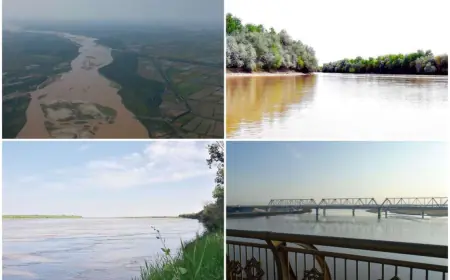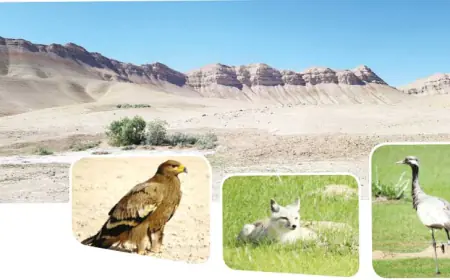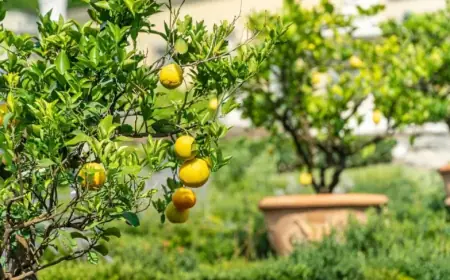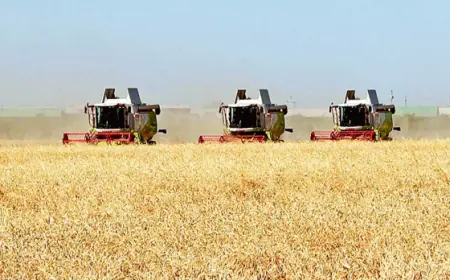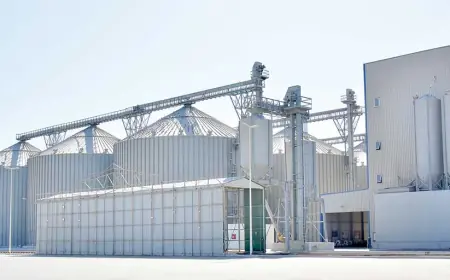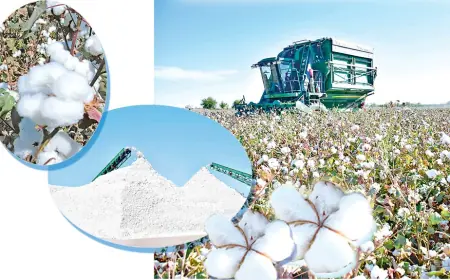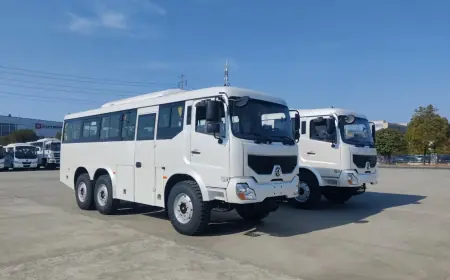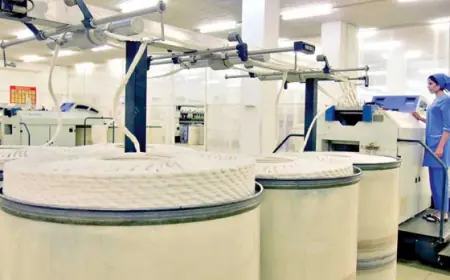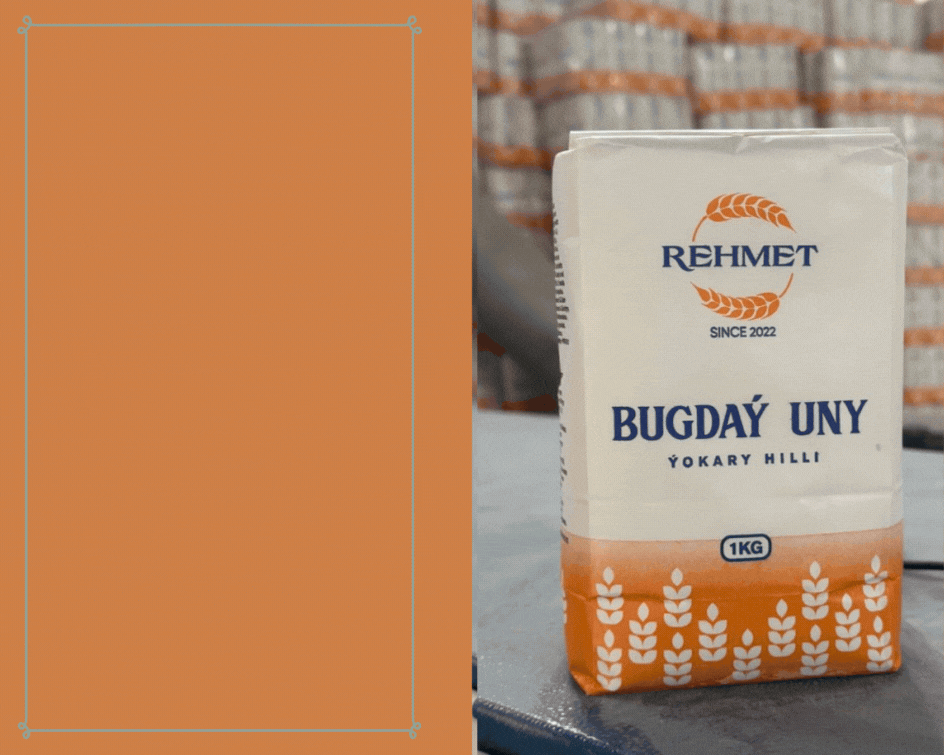The Ornament of the Turkmen Desert: The Camel — A Valued National Treasure
Since ancient times, the Turkmen people have lived in harmony with nature, showing special respect for animals that are useful in everyday life. Among these animals, the camel holds a special place as one that is highly adapted to the harsh desert climate and serves multiple purposes.
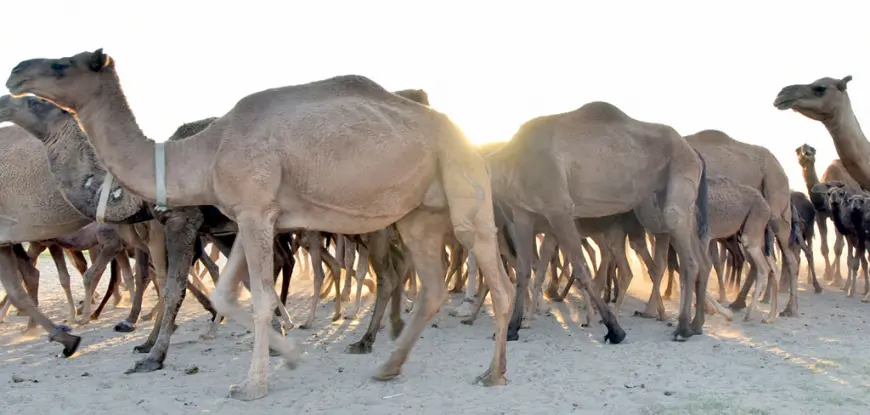
Camels are distinguished by their endurance, utility, and significant role in the national economy. They are not only used for transport and carrying loads but also provide milk, meat, and wool — all highly valued for their health benefits.
Camel wool, sheared in spring, is prized in the textile industry for its length, flexibility, and warmth. Additionally, the camel’s wide, soft feet allow it to walk easily across sandy terrains.
In the Charjew district, a successful camel-breeding farm operates as part of the Hudainazar Hojiyev Farmers’ Association. The farm currently maintains 800 camels, 291 of which are female. This year, 120 calves have already been born — a remarkable achievement.
According to the head of the farm, Hydyr Gutlyyev, all camel products — milk, wool, and meat — are delivered under state procurement contracts. This ensures that consumers receive high-quality, environmentally clean products.
Camel breeding is not only economically beneficial but also plays a vital role in preserving Turkmenistan’s traditional nomadic culture and national identity.
